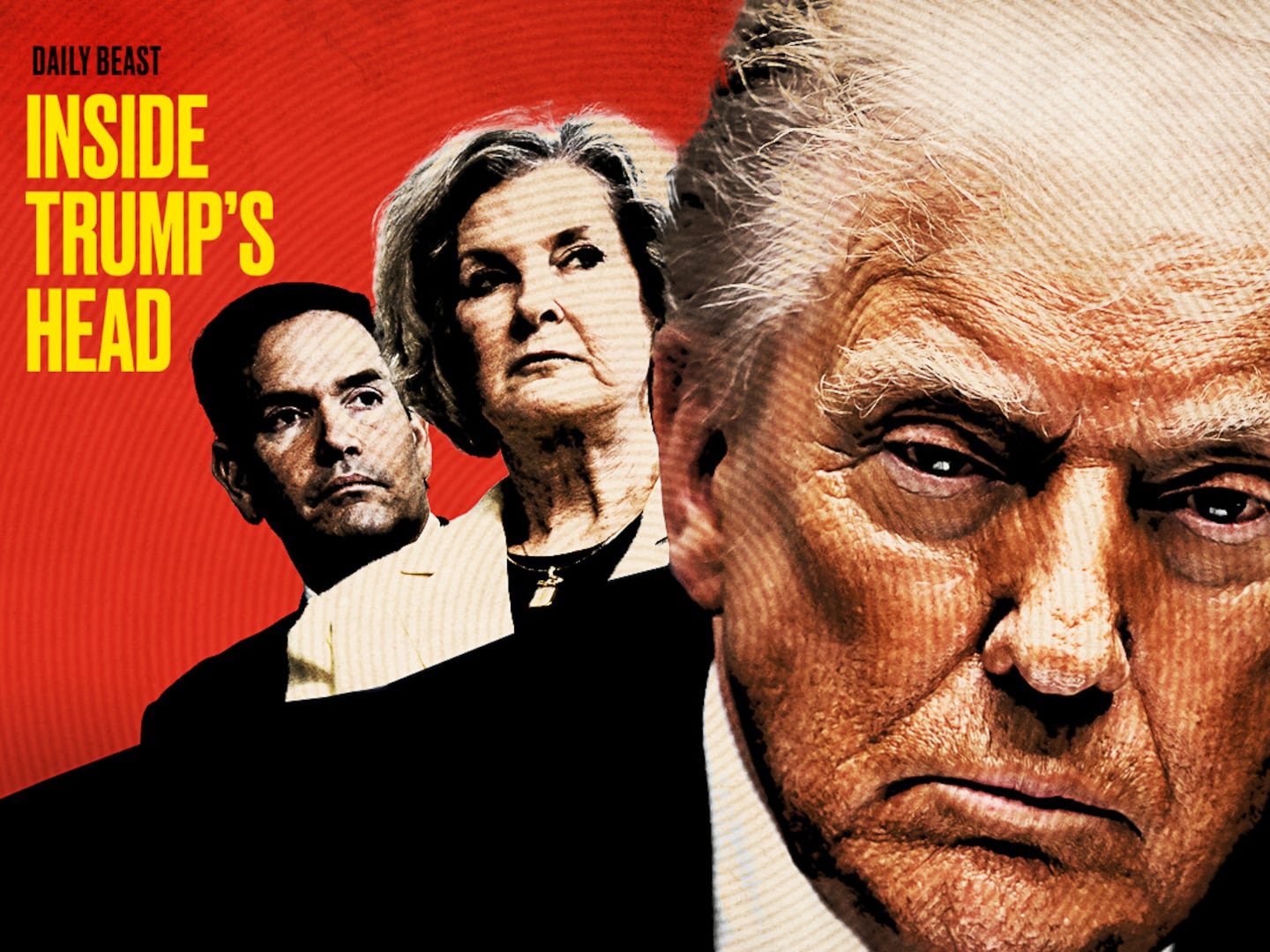Before I start on this week's topic, a quick word on the last. It hasn't escaped my attention that certain commenters of this parish took exception to my vast, unfair generalizations about American ignorance of Monty Python. To the countless people who indignantly wrote in to inform me they HAVE SO seen the TV show and TOTALLY DO know Life of Brian, along with other similar objections, I'd like to offer a full and sincere apology: I'm sorry I had to ruin a column about comedy by trying to be funny. I don't know what came over me. I foolishly thought it'd be self-evident that I was being wildly capricious for comic effect, but gosh, I've certainly seen the error of my ways now. Nothing but dour, Presbyterian gravity from here on in.
Your mom says hi, by the way. Moms, I mean. All your moms.
Anyway, now for something completely different. In my first two essays, I looked at two live-action comedies from my side of the pond. This week, I'm turning my attention to a single-panel comic that, to this writer, is quintessentially American: Gary Larson's The Far Side.
This singular creation, now a mainstay of the desk calendar, mug and greeting card industries, ran from 1980 to 1995. This is a promising sign in itself: the discipline and self-assurance to quit while ahead is sadly rare in any creative field. How much sweeter would the Rolling Stones' legacy be if the band, by now resembling nothing so much as a gaggle of walking scrotums, didn't insist on inflicting themselves on modern audiences forty years after the fact? Another pertinent example is the sad decline and decline of The Simpsons (to which I may return in a future entry).
That seems a good excuse to remind ourselves of Homer Simpson's encounter with a Far Side calendar:
A reliable stand-in as ever for the determinedly mediocre among us, Homer here articulates the reaction of many a casual reader. The Far Side is one of those artworks that asks you to meet it halfway by slightly relaxing one's grip on mundane reality. As with Father Ted's parallel-universe priesthood, a great deal of its charm lies in creating brave new imaginary worlds; unlike Ted (or any other sitcom), it achieves this in a single, still cartoon frame. Moreover, it's a slightly different world each time.
Take the comic above, for example. The central joke is fairly straightforward: dog lawyer can't catch a break. But it also, irresistibly, invites further speculation. How did a canine defendant come to be tried by an all-cat jury? Are we looking at some sort of formal discrimination – a Jim Claw system? Must the dogs of this world also drink from separate water bowls? Or could it just be a case of cosmically bad luck? Little touches in Larson's (otherwise admirably unfussy) drawing lend richness to the scene: the heartily moronic (and unmistakably doggy – as our host Mr Frum once put it to me, Gary Larson really GETS dogs) expression on the defendant's face, implying an uphill struggle on the lawyer's part; the stony lack of sympathy from the feline judge... A little drama you can get lost in for minutes at a time, at least if you're anything like me (I hope for your sake that's not the case).
Exhibit B:
You may already be detecting a theme, namely Larson's fondness for certain animal species. The Far Side's world belongs to dogs, elephants, chickens, cows – especially cows – and many others; humans just live in it. The above comic is one I only came across relatively recently, yet I struggle to imagine how I lived without it. The Chicken of Depression is an old friend of mine (see here). “Chicken” is just right, too; a more dignified or sleek bird wouldn't be nearly as appropriate. As with the all-cat jury, this drawing implies a larger reality, this time one in which every emotion shall have its attendant bird, perhaps including the Sparrow of Cautious Optimism, the Peahen of Ambivalence or even the much-feared Heron of Arousal.
This one I had to include, as it wouldn't be a Gary Larson essay without a cow comic (nor, more selfishly, would my headline work). Yet again, a picture tells a whole story, this time a minor domestic tragedy: these poor Bovine-Americans have worked hard for a home of their own and have conscientiously paid their phone bill, only to be thwarted at the very last hurdle. They are now doomed to a lifetime's torment, reminded of their foolhardiness every time someone tries to call. Nevertheless, I highlight this comic for a subtly different reason: the genius here comes not only from the single image implying a much wider reality, but the RIGHT image. In fact, this may well be Larson's true comic gift: economy.
What do I mean? Well, let's look again at Mr and Mrs Cow at home. There are a number of ways the same joke could be conveyed. The drawing could show one of them haphazardly trying to lift the receiver with hooves, or the point of view of the person calling them, or even the phone lying in pieces on the floor after yet another failed attempt. You can think of your own. Would any of them be quite as funny? I suggest not, because Larson has successfully pinpointed the point in this narrative where the most can be conveyed with the least. Here's the information conveyed in that one frame:
• Mr and Mrs Cow are having a relaxing evening in, sat in front of the TV;• Said evening is rudely interrupted – but not for the first time, as indicated by “there it goes again” and the cows' expressions of mutual resignation, but...• ...look again at Mr Cow – there's still a glimmer of hope there, as though he's half-forgotten the terrible truth. Maybe things could be different this time?• But no. It couldn't. Mrs Cow is there to bring him back down to Earth, which in turn...• ...gives us a sense of the internal dynamics of the Cow marriage: he the flighty, romantic partner, she the hard-nosed (-snouted?) realist.
This isn't a comic, it's a Beckett play with barnyard animals.
This tendency is even better expressed in the following comic, possibly Larson's most famous:
In The Far Side's heyday, this image became nearly as ubiquitous as the now pandemic-level “Keep Calm and Carry On” poster, festooning mugs, T-shirts, birthday cards and who knows what else. Very often, the breakout work of a prolific artist is unrepresentative of their best – David Bowie's “Let's Dance” comes to mind – but this can't be said of “Midvale School for the Gifted”, in which Larson hones his gift for saying more with less to a fine point. Here, the bigger truth being summarized is almost cosmic in nature: that the universe is a fundamentally capricious and unfair place.
The less we know of this unfortunate boy's story, the better, for our imaginations can fill in the rest. Is he genuinely gifted in every area except portal navigation, thus forever keeping him from his full potential? Is he really an ignoramus mistakenly granted admission ahead of deserving students because his parents know the right people? Is he merely having a bad day? We'll never know. By zeroing in on the pivotal moment, Larson leaves all these options open, which in turn engages our empathy. For who hasn't had at least one “pushing the Pull door” moment?* As universal as any Shakespeare sonnet.
In fact, though I referenced Beckett earlier, poetry might be the better literary analogy. Samuel Taylor Coleridge, in between opium binges, once distinguished poetry from prose by noting that the former comprises “the best words in their best order”. Gary Larson's achievement in The Far Side is to have pulled off much the same thing in a humbler medium: the best joke told with the best image.
In closing, I'd like to end with my now-customary admonishment not to take my word for it. Even more so than the previous two entries in this series, there is no excuse not to have some Larson in your life. There are countless second-hand collections available from eBay and Amazon at a fraction of their original price, not to mention the potential bounty of thrift stores and yard sales. Pick yourself up a half-dozen and leave them around the house to fill the odd slack minute. By this method and others, the Chicken of Depression may be held at bay.
*My own (or one of the many) came when I was a seventeen: I went to school in odd shoes. That's shoes, not socks. Not even similar shoes, either; a black leather lace-up and a white sneaker. The best part? I didn't notice until someone else pointed it out to me, after I'd sat through several classes. I have an IQ of 133.






